In the context of escalating climate change and severe environmental pollution, the application of Green IT (Green Computing) has become an inevitable trend in the technology industry. This article will help you understand what Green IT is, why leading tech companies are pursuing this direction, and how BAP Software supports businesses in transitioning towards green technology.
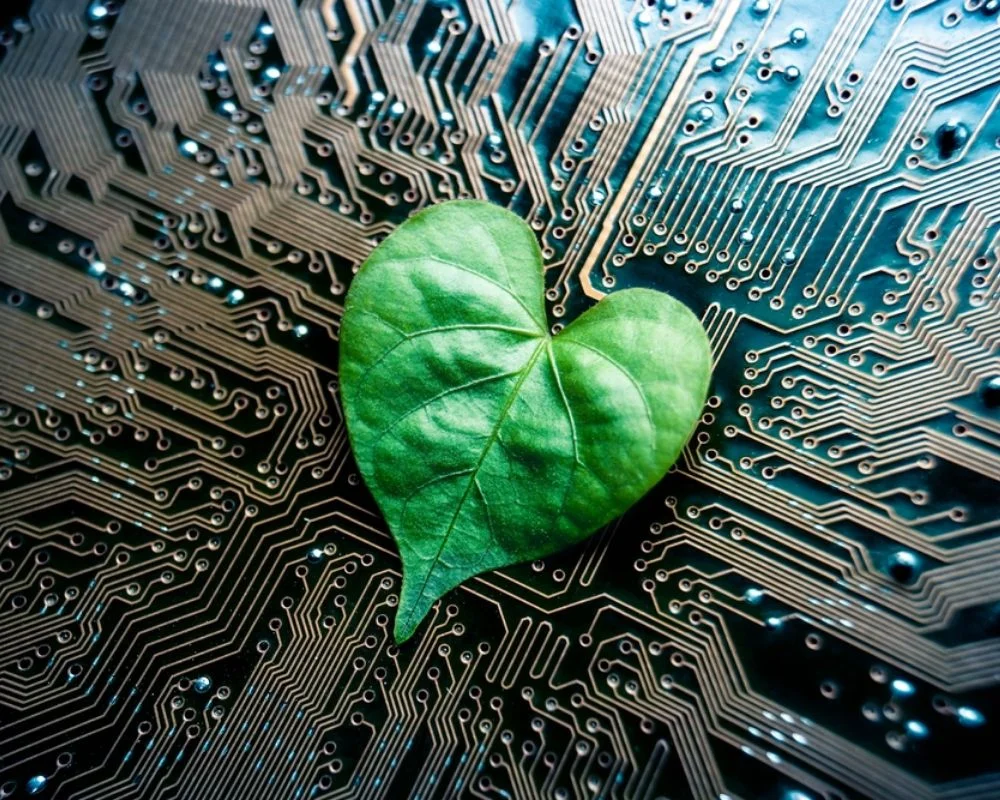
A sustainable direction in technology and business development – Green IT. Source: evernex
I. What is Green IT?
Green IT (Green Computing) refers to the practice of adopting and managing information technology in ways that minimize its negative environmental impact. This approach extends beyond simple “energy saving” measures and encompasses the entire IT lifecycle—from hardware/software design and infrastructure operation to reuse and recycling.
Instead of consuming energy excessively, Green IT focuses on:
- Optimizing energy consumption and minimizing waste.
- Reducing CO₂ emissions from IT systems.
- Meeting ESG standards and enabling sustainable business models.
Core components of Green IT include:
- Green hardware: Servers, laptops, and network devices certified with Energy Star or EPEAT.
- Optimized software: Lightweight, resource-efficient, and high-performance applications.
- Green Data Centers: Facilities powered by renewable energy and equipped with intelligent cooling technologies.
- Green Cloud: Leveraging cloud infrastructure to reduce on-premises resource demands.
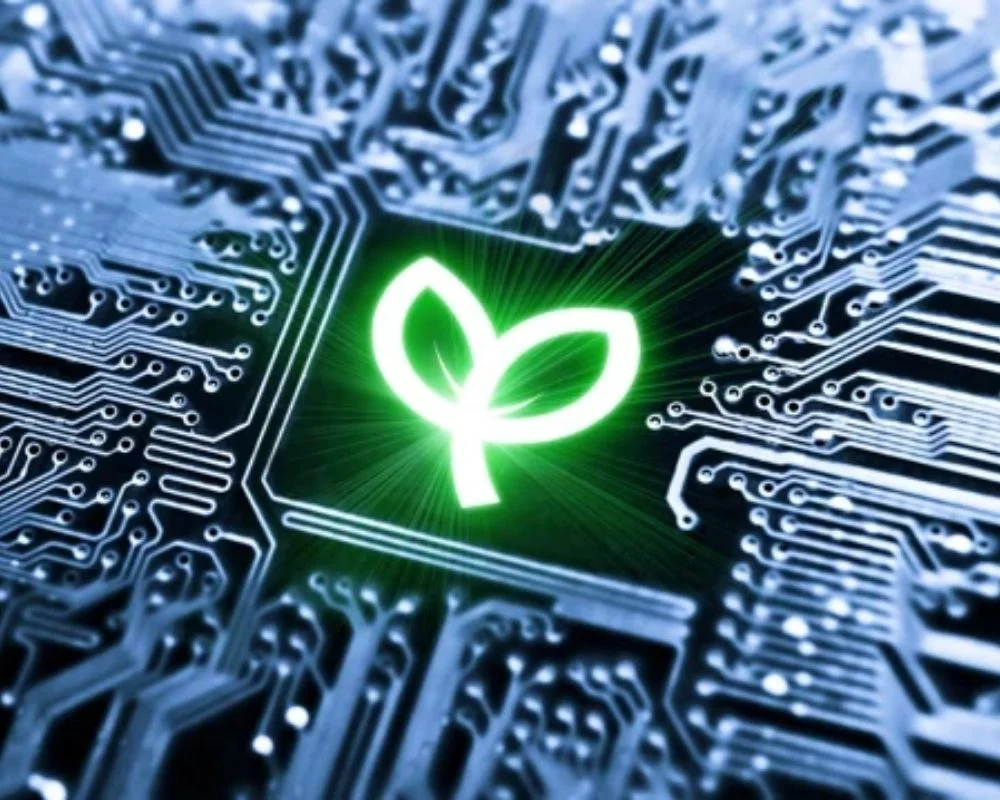
The concept of Green IT. Source: mrsuricate
II. Why is Green IT a Necessity?
Amid tightening emission regulations and the climate crisis, Green IT is no longer a “nice-to-have” but a global imperative. Tech giants such as Microsoft, Google, and Amazon are investing billions in green data centers, energy-efficient AI, and carbon measurement systems. For enterprises, adopting Green IT is essential to remain competitive.
The Environmental Impact of IT
According to the International Energy Agency (IEA), the IT sector and data centers consume approximately 1–1.5% of global electricity—and this figure is rapidly increasing with the rise of AI. Without intervention, IT could become one of the top CO₂-emitting industries in the next decade.
Operational and Brand Advantages
Green IT delivers both economic value and brand reputation:
- Significant energy savings across IT infrastructure and data centers.
- Extended hardware lifecycle, reducing replacement and maintenance costs.
- Operational cost reduction: Gartner estimates sustainable IT can cut costs by 15–25% within the first 2–3 years.
- Enhanced corporate image, improving access to funding and international partnerships.
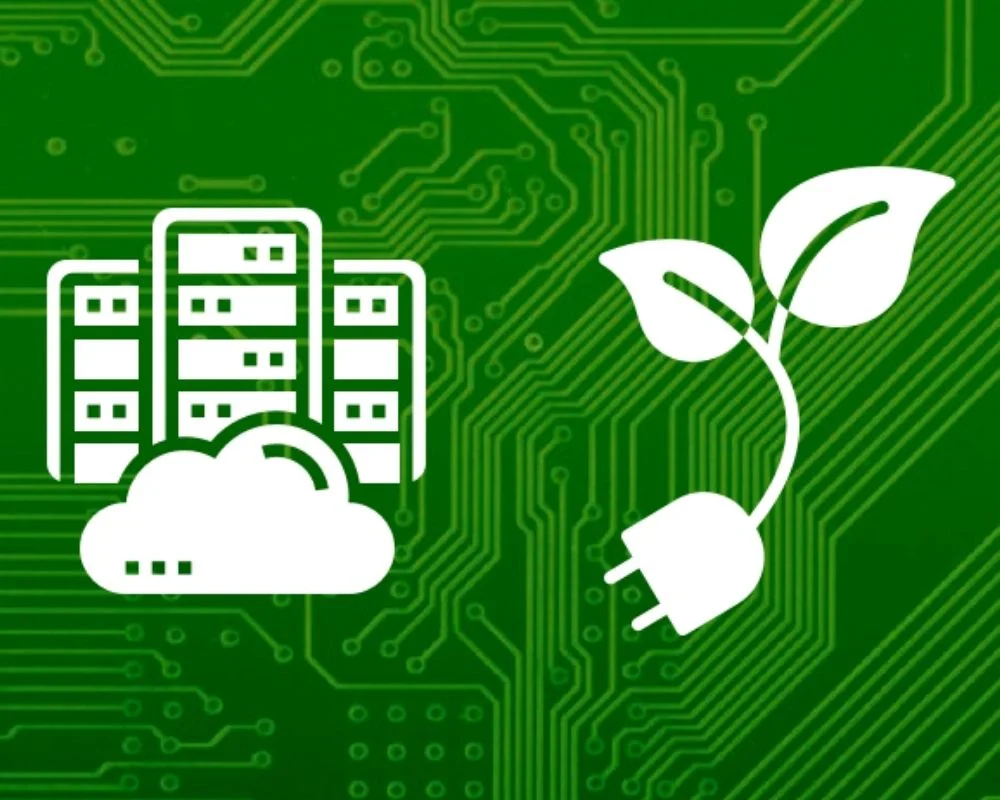
Reasons why Green IT is becoming widespread. Source: itsocial
III. Principles and Strategies for Implementing Green IT
1. Hardware Infrastructure Optimization
- Adopt ENERGY STAR / EPEAT-certified devices to ensure energy efficiency.
- Deploy high-performance, low-consumption servers to reduce hardware count while maintaining processing capacity.
- Implement intelligent cooling systems in data centers to minimize electricity costs and mitigate overload risks.
2. Software Energy Optimization
- Code efficiency matters—poorly written code increases CPU/RAM usage.
- Optimize algorithms and codebase for faster execution with lower resource usage.
- Apply microservices architecture for flexible deployments without running the full system.
- Eliminate unnecessary background processes to reduce server and endpoint load.
3. Virtualization & Cloud Computing
- Server/Desktop virtualization reduces physical infrastructure while allowing scalability.
- Adopt cloud-native applications to maximize resource elasticity.
- Choose green cloud providers (Google, AWS, Azure) that commit to renewable energy usage.
4. IT Asset Lifecycle Management
- Prolong hardware life through proactive maintenance.
- Enforce reuse, classification, and recycling policies for decommissioned equipment.
- Implement IT Asset Management (ITAM) software to monitor device status and plan eco-friendly replacements.
5. AI & IoT for Green IT
- AI-based energy analytics: Automatically recommend device shutdown/startup schedules and adjust power allocation.
- IoT-based monitoring: Sensors for light, temperature, and humidity optimize cooling and lighting.
- Machine Learning models: Predict anomalies that lead to excessive energy consumption and optimize maintenance schedules.

Principles and strategies for implementing Green IT. Source: informatiquenews
IV. Tangible Benefits of Green IT for Enterprises
1. Long-term Operational Cost Savings
- Reduced power consumption for servers, endpoints, and data centers.
- Lower maintenance and replacement expenses due to efficient hardware/software performance.
- Cloud-native and serverless models ensure pay-per-use resource allocation.
2. Compliance with Environmental & ESG Standards
- Easier attainment of ISO 14001, ESG certifications, and other international green standards.
- Improved eligibility for global partnerships with sustainable supply chain requirements.
3. Enhanced Brand Reputation
- Demonstrates a commitment to sustainability, appealing to customers, partners, and investors.
- Especially critical in industries such as technology, finance, and exports, where ESG compliance is a growing mandate.
4. Increased Investment Opportunities
- EU, U.S., and Japanese funds prioritize investment in green tech companies.
- Green IT provides a competitive edge in fundraising, IPOs, and government support programs.
5. Foundation for Sustainable Digital Transformation
- Enables smarter digital transformation by optimizing costs and mitigating risks.
- When integrated with AI, IoT, Cloud, and Big Data, Green IT enhances overall operational efficiency.
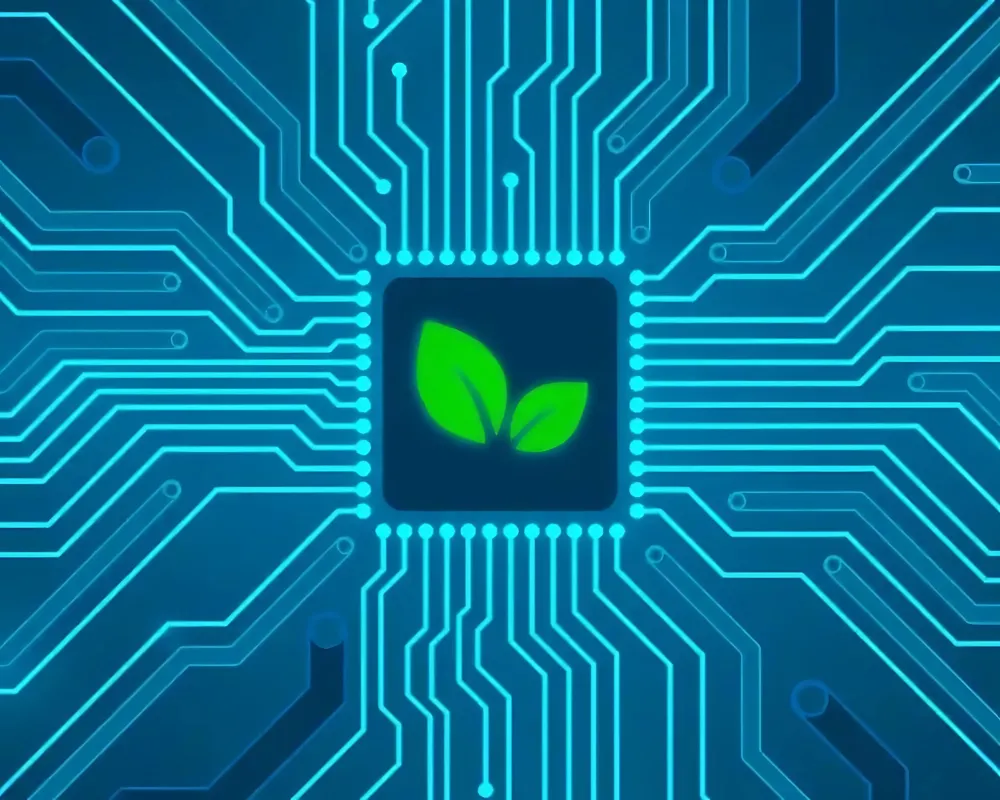
Practical benefits of Green IT for businesses. Source: ninjaone
V. BAP Software: Your Partner in Green IT
As one of the pioneers in consulting and implementing green technology solutions in Vietnam, BAP Software offers more than software—we build comprehensive Green IT ecosystems tailored for enterprises, from energy-efficient software design to intelligent resource optimization.
1. Lightweight, Resource-Efficient Software
- Optimized codebase and system architecture to minimize CPU/RAM demands.
- Adoption of cloud-native and serverless technologies to ensure right-sized resource usage.
- Lightweight, cross-device compatible UI design for energy savings on end-user devices.
2. Smart Energy Monitoring Systems
- Real-time monitoring of energy consumption across servers, office devices, cooling, and lighting.
- Early detection of consumption anomalies to prevent waste and operational risks.
- Automated scheduling for device operations and cooling adjustments based on ambient conditions.
3. Green IT System Architecture Consulting
- Advisory on green-certified hardware (energy-efficient, durable, recyclable).
- Flexible IT system design to support upgrades without equipment waste.
- Software development guided by Green Design principles: modular, reusable, and resource-conscious deployment.
4. ERP & Sustainable Supply Chain Solutions
- Smart inventory management to reduce excess stock and material loss.
- Energy-optimized routing for logistics and transportation planning.
- ESG monitoring across the supply chain to meet international audit requirements.
5. Highlight Projects
- Japanese Manufacturing Plant – AI Vision Energy Control: AI-enabled cameras detected equipment misoperations, automatically adjusted usage, reducing monthly power consumption by ~12%.
- Financial Enterprise – Cloud-native Data Management Platform: Achieved over 45% savings in storage infrastructure by restructuring data into eco-friendly cloud environments.
- Manufacturing Company – Green ERP System: Optimized production planning based on real demand, reducing material and energy waste per production cycle.
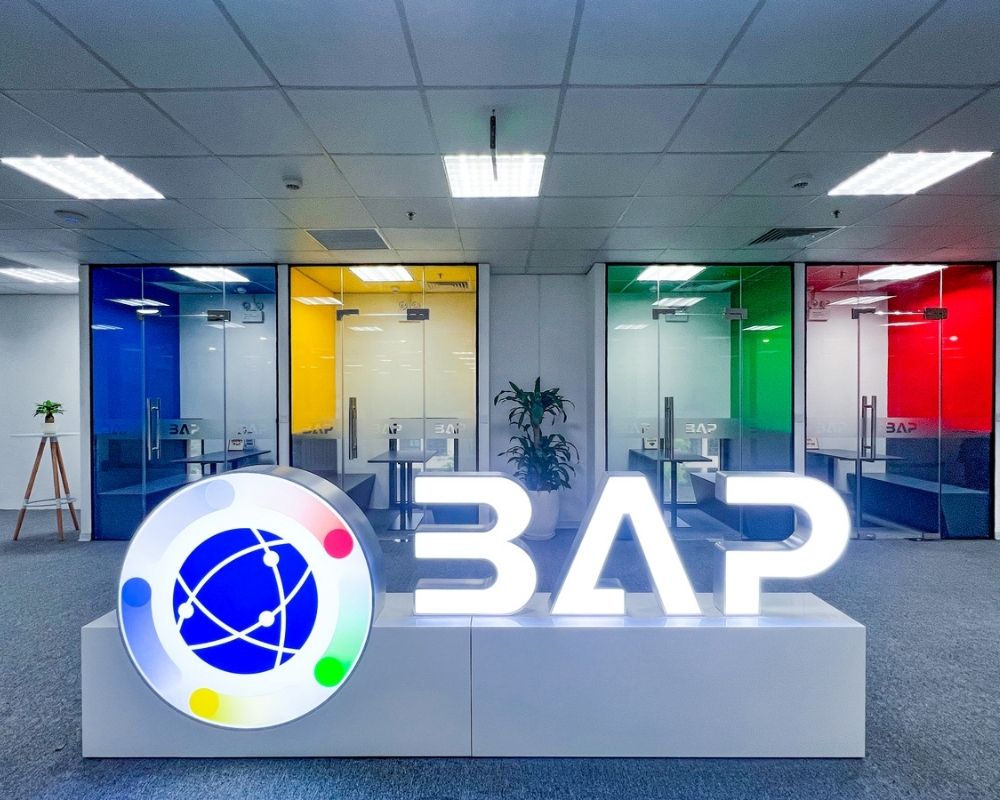
BAP always accompanies enterprises in the Green IT journey. Source: BAP Software
Conclusion
Green IT is not merely a technical option, but a long-term strategic direction that helps enterprises cut costs, ensure compliance, and strengthen sustainability branding. With increasingly strict ESG policies and environmentally conscious consumers, Green IT is becoming a critical survival factor in the digital transformation journey.
With technological expertise and multi-industry implementation experience, BAP Software proudly serves as a trusted partner in guiding businesses towards sustainable growth.
Contact BAP Software today to explore tailored Green IT solutions for your enterprise.












